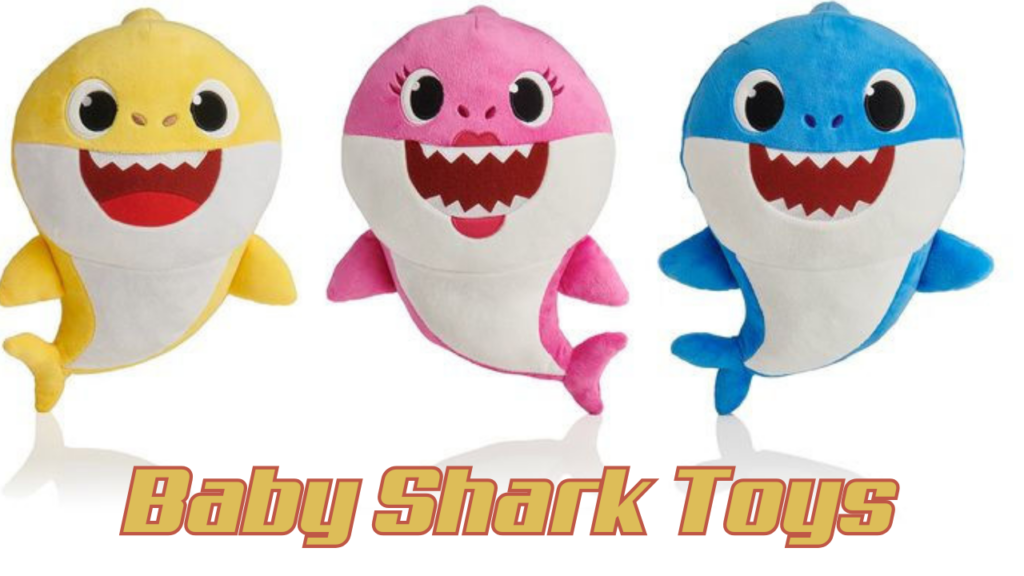Toys play an essential role in every child’s life. They are not just sources of fun but also important tools for learning and development. From simple wooden blocks to high-tech gadgets, toys help children explore their creativity, improve their skills, and bring joy to their everyday routines. In this article, we will explore why toys are important, different types of toys, and how to choose the best ones for kids.
Why Are Toys Important for Kids?
Toys are more than just playthings; they contribute to a child’s emotional, social, and cognitive development. Here’s why they are so important:
- Boost Creativity and Imagination
Toys encourage children to think outside the box. Whether it’s building blocks, dolls, or toy cars, kids create imaginary worlds where they make up their own rules and stories. - Develop Motor Skills
Playing with toys helps kids develop both fine and gross motor skills. Holding small objects, stacking blocks, or pushing toy trucks strengthens their hands and fingers, improving coordination. - Enhance Social Skills
Toys teach kids how to share, cooperate, and interact with others. Board games, dolls, and action figures help children learn teamwork and communication. - Support Learning and Problem-Solving
Many educational toys help kids develop problem-solving skills, recognize patterns, and learn about numbers and letters. Puzzle games, shape sorters, and construction sets make learning fun. - Encourage Emotional Growth
Stuffed animals, dolls, and role-playing toys help children express their emotions. They can comfort kids and help them process their feelings in a healthy way.
Different Types of Toys for Kids
There are countless types of toys available, each designed for different age groups and developmental needs. Here are some popular categories:
1. Educational Toys
These toys focus on learning while keeping kids entertained. Examples include:
- Alphabet and number blocks
- Flashcards
- Science kits
- Musical instruments
2. Action and Adventure Toys
Perfect for kids who love excitement, these toys help develop coordination and strategy. Examples include:
- Toy cars and trains
- Action figures
- Nerf guns
- Remote control vehicles
3. Creative and Art Toys
For little artists and creators, these toys inspire imagination. Examples include:
- Coloring books and crayons
- Clay and playdough
- DIY craft kits
- Bead and jewelry-making sets
4. Role-Playing Toys
These toys let kids step into different roles and explore the world through play. Examples include:
- Dollhouses and dolls
- Kitchen sets
- Doctor kits
- Toolsets
5. Outdoor and Sports Toys
Encouraging physical activity, these toys help kids stay active and healthy. Examples include:
- Bicycles and scooters
- Balls and bats
- Jump ropes
- Water toys
6. Stuffed Toys and Comfort Toys
Soft toys bring comfort and emotional security to young children. Examples include:
- Teddy bears
- Plush animals
- Soft dolls
- Security blankets
How to Choose the Best Toys for Kids
Choosing the right toy can be tricky, but these tips can help:
- Age-Appropriate
Always check the age recommendation on the packaging. A toy should be safe and suitable for a child’s developmental stage. - Safety First
Avoid toys with small parts for younger children, as they can be choking hazards. Look for non-toxic materials and smooth edges. - Encourages Learning
Pick toys that help kids learn and grow. Educational and creative toys are great for skill-building. - Promotes Social Play
Toys that encourage group play help kids develop social skills. Board games and building sets are great options. - Durable and Long-Lasting
Choose toys made from sturdy materials that won’t break easily. Wooden toys, for example, are often more durable than plastic ones. - Stimulates Imagination
Open-ended toys, like building blocks or role-play sets, allow kids to use their creativity in endless ways.
Benefits of Limiting Screen Time and Encouraging Toy Play
In today’s digital world, children spend a lot of time on screens. While technology has its benefits, excessive screen time can be harmful. Traditional toys offer hands-on learning, improve attention spans, and encourage physical movement. Toys help kids interact with the real world instead of being glued to a screen.
Conclusion
Toys are a vital part of a child’s life, offering endless fun and learning opportunities. Whether educational, creative, or active, the right toys help kids develop essential skills while keeping them entertained. By choosing the best toys for different stages of childhood, parents can ensure their children grow up happy, engaged, and full of imagination. So next time you pick a toy, remember—it’s not just a plaything, but a building block for the future!



